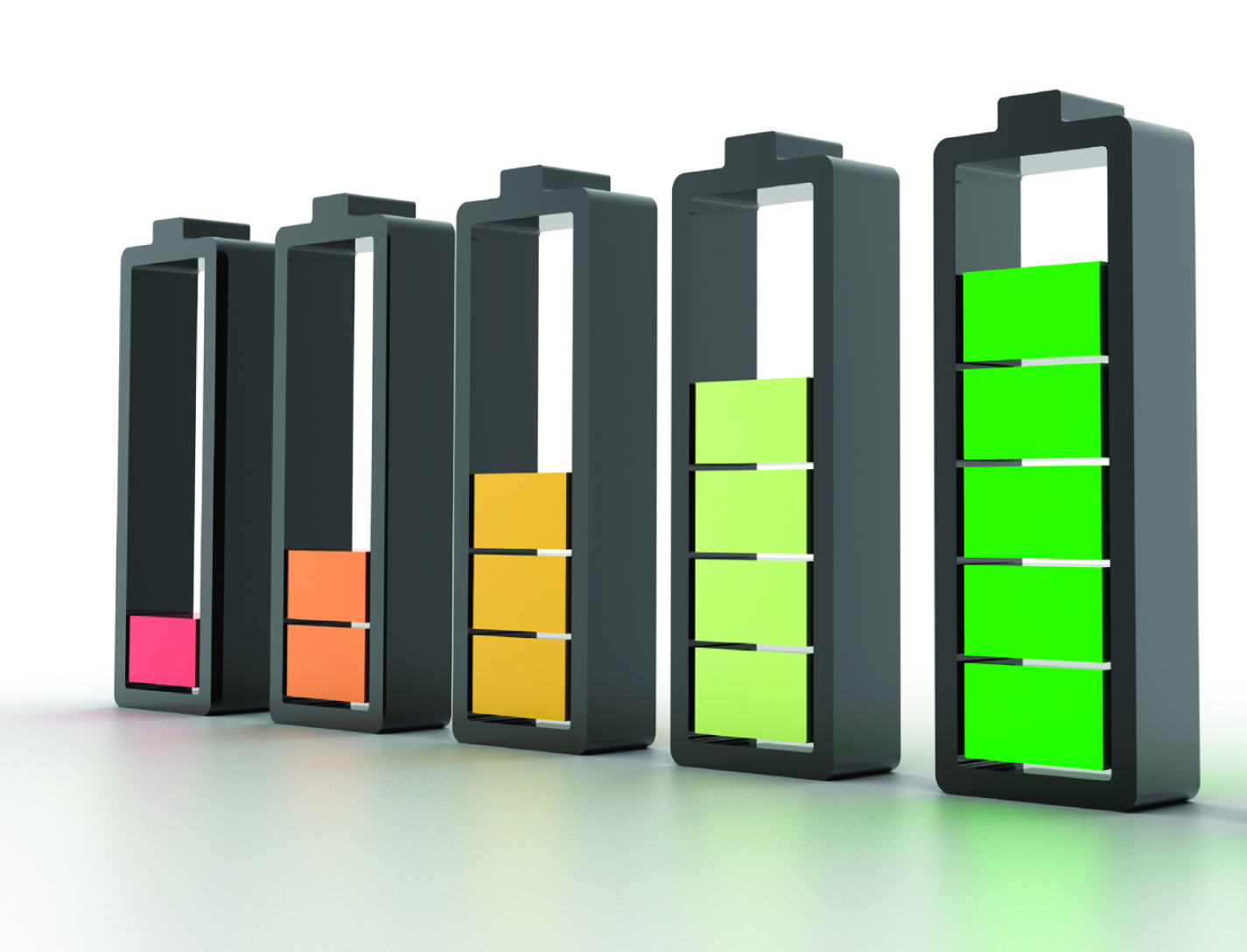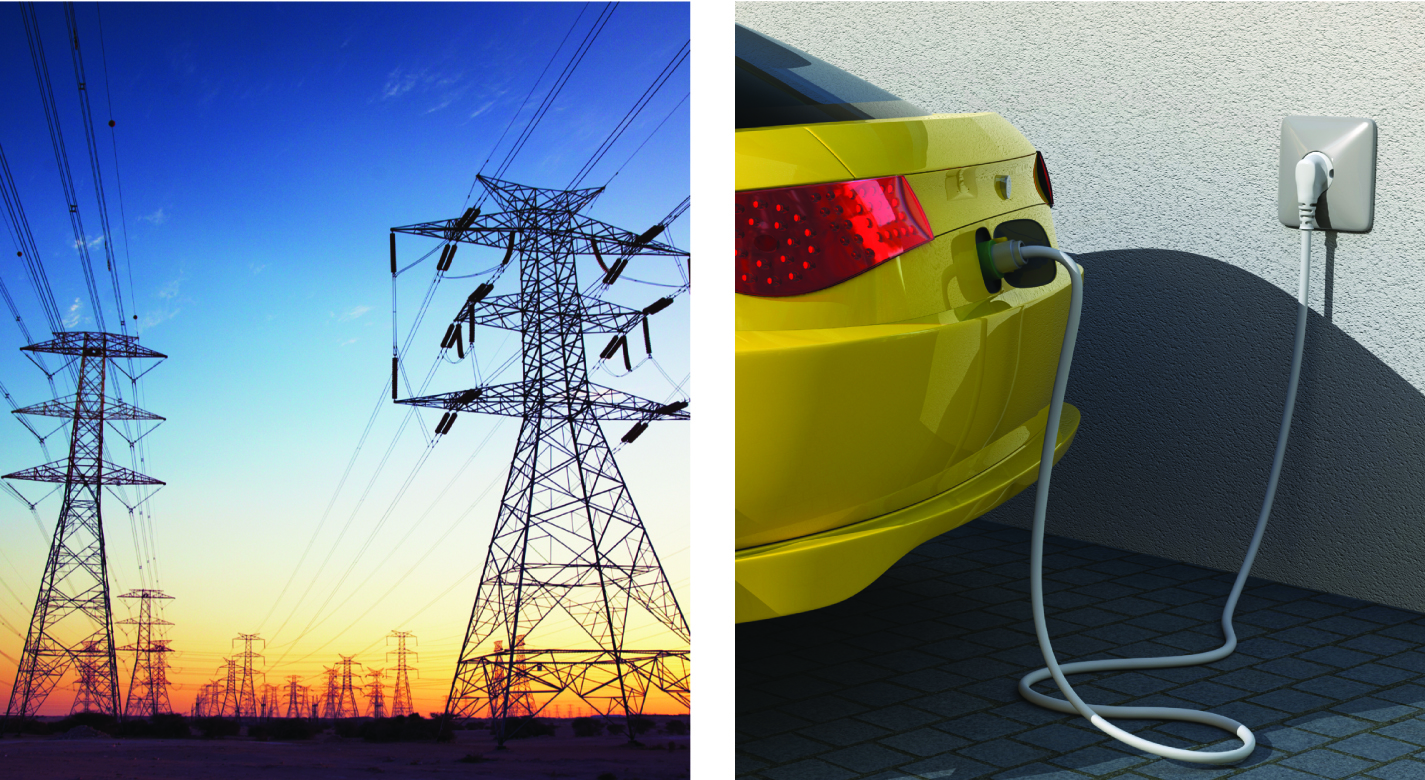Battery Charge Equalizer System
power generation and storage
Battery Charge Equalizer System (MSC-TOPS-35)
Extending battery life and performance in large battery arrays
Overview
A battery charge equalizer developed at NASA's Johnson Space Center provides individual cell charging in multi-cell battery strings using a minimum number of transformers. By effectively keeping all the cells in a multi-cell string at the same charge state, this technology maximizes the battery's life and performance. Designed to augment a simple high-current charger that supplies overall battery system energy, the innovation achieves equalization without wasting energy or creating excess heat. NASA's battery charge equalizer complements existing high voltage chargers and instrumentation systems and offers safe and low-cost management for lithium-ion (Li-ion) batteries used in electric vehicles and other next-generation renewable energy applications.
This NASA Technology is available for your company to license and develop into a commercial product. NASA does not manufacture products for commercial sale.
The Technology
The innovation consists of a transformer array connected to a battery array through rectification and filtering circuits. The transformer array is connected to a drive circuit and a timing and control circuit, which enables individual battery cells or cell banks to be charged. The timing and control circuit connects to a charge controller that uses battery instrumentation to determine which battery bank to charge. The system is ultra lightweight because it uses much fewer than one transformer per battery cell. For instance, 40 battery cells can be balanced with an array of just five transformers. The innovation can charge an individual cell bank at the same time while the main battery charger is charging the high-voltage battery system.
Conventional equalization techniques require complex and costly electrical circuitry to achieve cell monitoring and balancing. Further, such techniques waste the energy from the most charged cells through a dummy resistive load (regulator), which is inefficient and generates excess heat. In contrast, this system equalizes battery strings by selectively charging cells that need it. The technology maintains battery state-of-charge to improve battery life and performance. In addition, the technology provides a fail-safe operation and a novel built-in electrical isolation for the main charge circuit, further improving the safety of high-voltage Li-ion batteries.


Benefits
- Advanced equalization - charges specific individual cells
- Safe - features a fail-safe operation and built-in electrical isolation
- Fast - charges only the cells that need charging, reducing charge time
- Highly efficient - wastes no energy from discharging cells
- Extended battery life - maintains and manages battery charge state
Applications
- Electric vehicles (EVs), hybrid electric vehicles (HEVs), and plug-in hybrid electric vehicles (PHEVs)
- Stationary power systems
- Space mission critical battery systems
- Grid energy storage
- Uninterruptible power supply (UPS) systems
- Electric utility storage for renewable energy systems
Similar Results

Battery Management System
The technology is comprised of a simple and reliable circuit that detects a single bad cell within a battery pack of hundreds of cells and it can monitor and balance the charge of individual cells in series. NASA's BMS is cost effective and can enhance safety and extend the life of critical battery systems, including high-voltage Li-ion batteries that are used in electric vehicles and other next-generation renewable energy applications.
The BMS uses saturating transformers in a matrix arrangement to monitor cell voltage and balance the charge of individual battery cells that are in series within a battery string. The system includes a monitoring array and a voltage sensing and balancing system that integrates simply and efficiently with the battery cell array, limiting the number of pins and the complexity of circuitry in the battery. The arrangement has inherent galvanic isolation, low cell leakage currents, and allows a single bad or imbalanced cell in a series of several hundred to be identified. Cell balancing in multi-cell battery strings compensates for weaker cells by equalizing the charge on all the cells in the chain, thus extending battery life. Voltage sensing helps avoid damage from over-voltage that can occur during charging and from under-voltage that can occur through excessive discharging.

Lunar Experiment Support System and Handling (LESSH) Battery Charger Module (BCM)
NASA’s LESSH BCM is a compact, high-performance, ruggedized system designed to support extended science operations in harsh lunar environments. With a mass of 9.4 kg and dimensions of 50 x 25 x 10 cm, the BCM is engineered for seamless integration with the interface bank on the HLS. A 1.5-meter flexible harness with an EVA-compatible connector and removable dust cover enables reliable operation in austere environments. Astronaut-operated controls, such as a guarded power switch and LED indicators, simplify usability and reduce the potential for errors during high-stakes lunar operations.
The BCM is optimized for safety and efficiency, incorporating state-of-the-art power and charging capabilities. It supports charging of 28V astronaut-rated batteries with a power output rated at 215W and integrates a battery pre-heater to maintain optimal performance in extreme temperatures. The BCM features a 4-hour charge time with software adjustability for charging parameters such as current, voltage, overvoltage, and undervoltage setpoints. Battery longevity is ensured through passive rebalancing of cell voltages and advanced safety features. Its 2-fault tolerant hardware and adjustable safety setpoints safeguard against potential hazards. Additionally, the BCM supports 1000BASE-T Ethernet pass-through for high-speed data transfer.
Originally designed to extend the length of lunar surface science experiments by enabling astronauts to recharge instrumentation, NASA’s LESSH BCM may be desired by companies seeking to operate sensors on the lunar or Martian lunar surface. The design may also be suitable for terrestrial applications involving harsh environments where interchangeable sealed sensors must operate on their own or with rovers, robotics, and drones. The BCM is at technology readiness level (TRL) 4 (component and/or breadboard validation in lab) and is available for patent licensing.

Adaptive Battery Cell Chamber for TR Analysis
Thermal runaway analysis provides unique insights into TR by allowing researchers to tally the total thermal energy release, plus the energy fractions liberated by venting, and energy that conducts through a cell casing – such as that of a 4Ah Amprius cell, or a 10Ah SVolt cell – both for which the ABCC was originally designed to accommodate. This unique data is important in understanding Li-ion battery thermal design and analysis which may ultimately lead to safer Li-ion batteries with increased resistance to TR.
The ABCC is designed to work in tandem with the FTRC when coupled together for TR testing: The battery test subject is first sandwiched between the two chamber halves, or diaphragms, and then secured with fasteners. The ABCC – which in different embodiments may have varying outlet diameters depending on battery sizing – is then coupled to the FTRC bore assembly using unique adapters and the aforemen-tioned pin system. A threaded port is centered on both diaphragms to accommodate one of several TR trigger mechanisms, such as a 400-watt heating element or a nail penetrator with a 9mm insertion depth.
With the main hardware assembled, the user can leverage the ABCC’s configurability into deciding to either rely solely on external instrumen-tation within the bore and baffle assembly (external of the ABCC), or to utilize the ABCC’s already tapped sensor ports to install thermocouples in a variety of different geometric layouts to provide better resolution of thermal measurements. Wiring can be run through the “battery cell connector support” to its multi-pin circular connector. After initiating TR in the battery cell, the FTRC will absorb the ejecta and gases expelled by ABCC for analysis.
The Adaptive Battery Cell Chamber is at TRL 6 (system/subsystem model or prototype demonstrated in a relevant environment), and it is now available for licensing. Please note that NASA does not manufacture products itself for commercial sale.

Fuel Cell Power Management
In general, individual fuel cells produce relatively small electrical potentials, so fuel cells are "stacked" or placed in series (anode to cathode) to increase the combined voltage and meet the application's requirements. The current is drawn off by connection points, which typically are at the extreme ends of the fuel cell stack. DC power converters reduce or boost the voltage produced at the ends of the stack into a voltage that can be used by attached device. However, these converters add cost, mass, volume, and potential failure points into the fuel cell system.
With NASA Glenn's groundbreaking technique, the fuel cell stack includes a plurality of connection points to the device instead of having a fixed number of individual fuel cells. By connecting additional cells in the same stack to the device the system power can be to be tailored to produce the required voltage for the connected device. Initially, this plurality includes a ground, a first connection point, and a second connection point. Additional connection points to the device can be added as needed, resulting in various powers that are available for use. Each connection point allows power to be drawn the combined voltages of the fuel cells located between the connection point and the ground. This configuration permits the voltage to be adjusted to the system power requirements of the device without the need to add DC power converters to the fuel cell system to add additional fuel cell systems to meet the power demand of the device. For larger fuel cell configurations in particular, NASA's innovative technique results in a far less costly, more efficient means of power generation.

Solid-State Lithium-Sulfur Battery Tech Portfolio
The SABERS innovators developed novel lithium-sulfur designs, including sulfur-selenium on graphene cathodes, and lightweight bipolar plate stacking and packaging designs. SABERS is unique in several aspects: it deploys graphene-based manufacturing processes for the cathode and bipolar plates, and it uses a solid-state electrolyte in place of the liquid electrolyte found in other lithium-sulfur battery designs. The team has achieved energy densities over 500 W-hr/kg, and further improvements are expected. SABERS can meet the high-power requirements needed for aircraft take-off. SABERS is lightweight, safe, robust, and reliable. Furthermore, its manufacturing processes are scalable and environmentally friendly. Coin cell and pouch prototypes have been demonstrated to date. Development efforts continue and new portfolio innovations are expected. Major component technologies in SABERS include the following (as listed here and shown in the figure below).
S/Se Cathode – Sulfur/Selenium on graphene scaffold
(LAR-19556-1, LEW-20228-1)
Solid Electrolyte – Solid-state electrolyte composites
(LEW-20445-1)
Bipolar Stack – Graphene plates
(LAR-20257-1)
Li-Metal Anode
(Proprietary, under development)
Packaging
(Proprietary, under development)
Robust computational models have been developed to support the battery materials design and are available to licensees to evaluate and optimize different materials combinations and performance targets.



